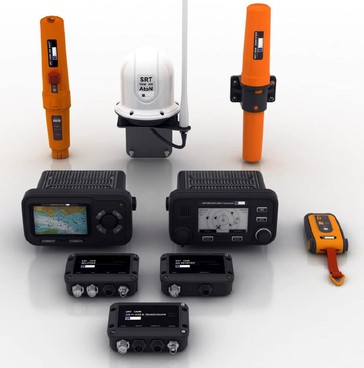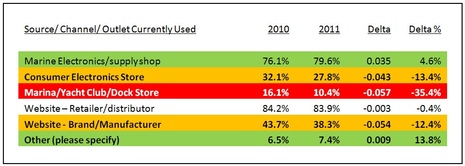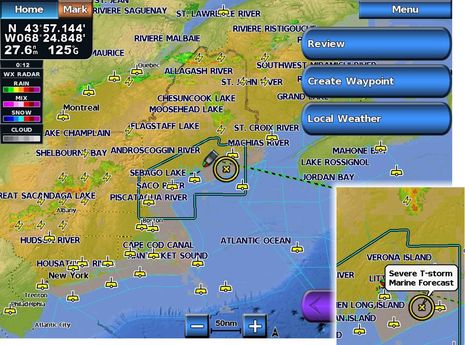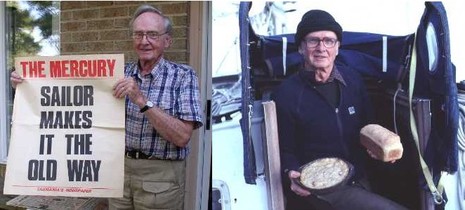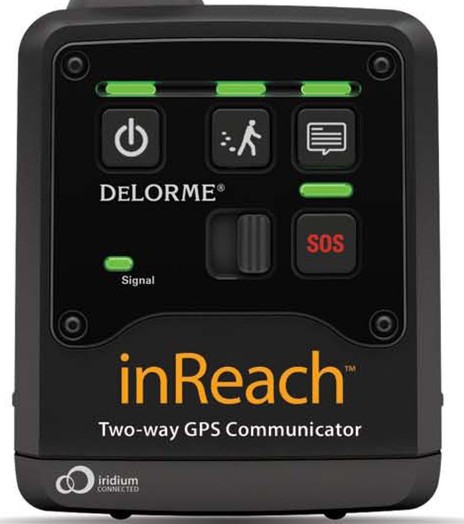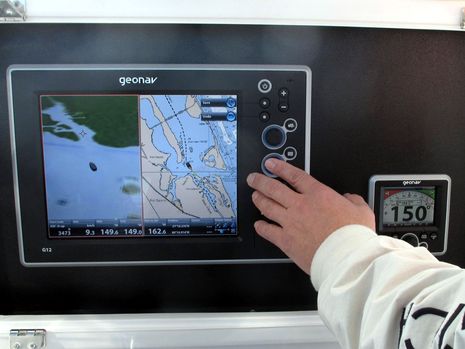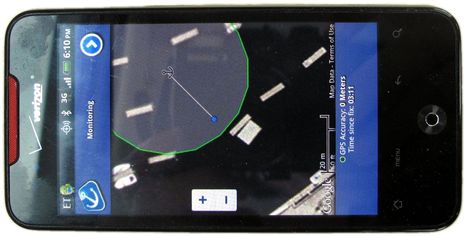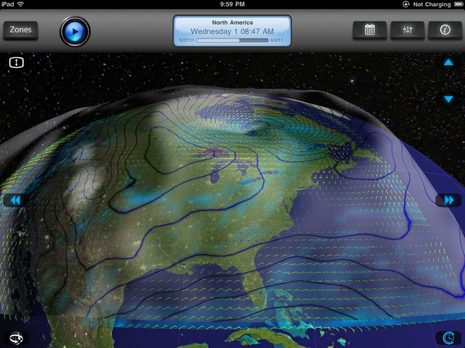SRT’s 2011 OEM AIS products, a boat load
The AIS Summit began today in Hamburg, Germany, and SRT took the occasion to announce a boat load of newly available OEM AIS modules. Of course that means that other companies have to brand and sell the gear above — or build their own devices based the same internal technology — but I have reason to believe that in at least one interesting case that will happen soon, and, in fact, several of the items above seem like they will be interesting products eventually…



